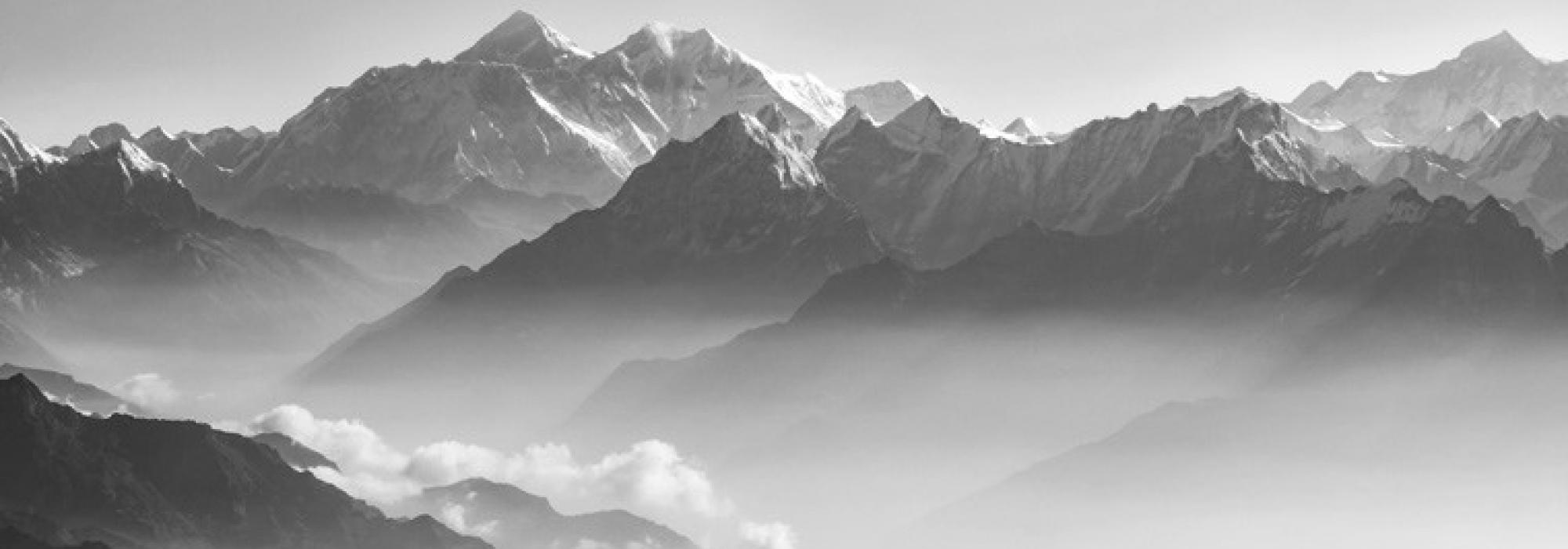11. Saṃlāpaka – A saṃlāpaka has either three or four acts and the nāyaka is a pāṣaṇḍa[1], i.e., a heretic. The play evokes all rasas except for śṛṅgāra and karuṇa. The plot consists of the story of an attack on a town, a display of pride, a suggestion of war and other manmade and natural calamities. Bhāratī-vṛtti and kaiśikī-vṛttis are absent. Example: Māyākāpālika.
12. Śrīgadita – The plot of Śrīgadita is based on a popular story from the epics or the purāṇas and the nāyaka is famous as well. He is of noble descent and the nāyikā is a famous character too. Garbha and vimarṣa sandhis are absent. Bhāratī-vṛtti dominates. The syllable śrī occurs many times in the composition. Example: Krīḍārasātala
13. Śilpaka – A śilpaka consists of four acts and is composed of all four vṛttis. Śānta and hāsya-rasas are absent. A brāhmaṇa is the nāyaka; the play contains descriptions of graveyards, crematoriums, and other horrific elements. The secondary hero (upanāyaka) is a person of ignoble traits. Āśaṃsā and other twenty-seven[2] limbs are present in a śilpaka. Example: Kanakāvatī-mādhava
14. Vilāsikā – This genre of uparūpaka consists of one aṅka only and primarily evokes śṛṅgāra-rasa. Ten lāsyāṅgas are present and so are vidūṣaka, viṭa and pīṭhamardaka. Garbha and vimarṣa-sandhis are absent. The nāyaka is of the inferior kind; the story is short and does not contain too many details. The nepathya, i.e., costumes and stage properties is charming and attractive. Example - ?
15. Durmallikā – A durmallikā usually has eight aṅkas; kaiśikī and bhāratī vṛttis are present in abundance; garbha-sandhi is absent; most characters of the play are nāgarikas (civilized citizens). The nāyaka is of the inferior kind. The first aṅka portrays viṭa-krīḍā – frolic of the viṭas and this lasts for about six muhūrtas. The second aṅka captures vidūṣaka’s enjoyment and this lasts for ten muhūrtas; the third aṅka depicts the pastimes of pīṭhamardaka and lasts twelve muhūrtas. The fourth aṅka describes the pleasures of a nāgarika’s life and lasts twenty muhūrtas. Example: Bindumatī
16. Prakaraṇī – Just as a nāṭikā is, in a sense, a feminine counterpart of a nāṭaka, a prakaraṇī is that of a prakaraṇa; this uparūpaka has traders as the nāyakas; the nāyikā is born in the family of the nāyaka as well.
17. Hallīśa/hallīsaka – This theatrical presentation usually consists of one act only; the speech is sublime in nature; a man along with seven or eight female characters play prominent roles in this presentation; hallīśa is rich in kaiśikī-vṛtti; mukha and nirvahaṇa sandhis are present; tāla and laya dominate. Example: Keli-raivatakam
18. Bhāṇikā – A bhāṇikā consists of a single aṅka; the nepathya is detailed and nuanced; mukha and nirvahaṇa sandhis are present; kaiśikī and bhāratī vṛttis dominate. The nāyikā is udāttā and the nāyaka is nīca (inferor). It has seven limbs, namely – upanyāsa, vinyāsa, vibodha, sādhvasa, samarpaṇa, nivṛtti, and saṃhāra. Example: Kāmadattā.
Bharata does not mention the upa-rūpakas in the Nāṭya-śāstra. We can’t say with certainty if the upa-rūpakas did not exist during his time or if he decided that it was not required to discuss them. Some aestheticians are of the opinion that in nāṭaka and the other rūpakas described by Bharata, rasābhinaya and vākyārthābhinaya, while in the upa-rūpaka tradition, bhāva and padārthābhinaya dominate; these statements made by the later-day aesthetications make us think that the upa-rūpakas probably did not have an enrapturing storyline and they did not enrich the audience; moreover, they appear to have been largely based on dance and stylized enactment. They are mostly small prabandhas meant for a special purpose. The prabandhas were, perhaps, already in vouge and thus, there are regional differences. In other words, the existence and predominance of one kind of upa-rūpaka on the other is a function of spatiotemporal parameters and also depends on people’s tastes and needs. Thus, aestheticians document and describe upa-rūpakas as many as they are familiar with.
Thus, some opine that the upa-rūpakas are only seven in number. Bhoja says that there are fourteen upa-rūpakas and the Agni-purāṇa lists seventeen. The Bhāva-prakāśana narrates the features of twenty upa-rūpakas. There are also some differences in the definitions provided by aestheticians for the different upa-rūpakas.
The current series of articles is an enlarged adaption of Prof. A. R. Krishnasastri's Kannada treatise Saṃskṛta-nāṭaka. They are presented along with additional information and footnotes by Arjun Bharadwaj.
[1] pāṣaṇḍa m. a heretic, hypocrite, impostor, any one who falsely assumes the characteristics of an orthodox Hindū, a Jaina, Buddhist (Monier-Williams Dictionary)
[2] āśaṃsā, tarka, sandeha, tāpa, udvega, prasakti, prayatna, grathana, utkaṇṭhā, avahitthā, pratipatti, vilāsa, ālasya, bāṣpa, praharṣa, āśvāsa, mūḍhatā, sādhanā, anugamana, ucchvāsa, vismaya, lābha, smṛti, vaiśāradya, prabodhana, camatkṛti
















































